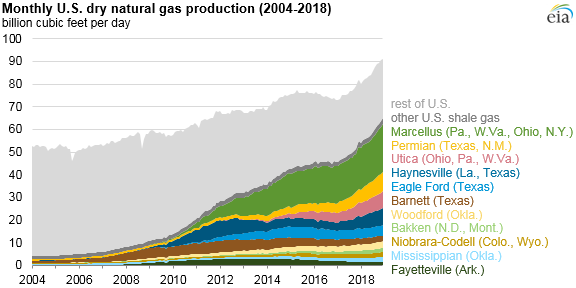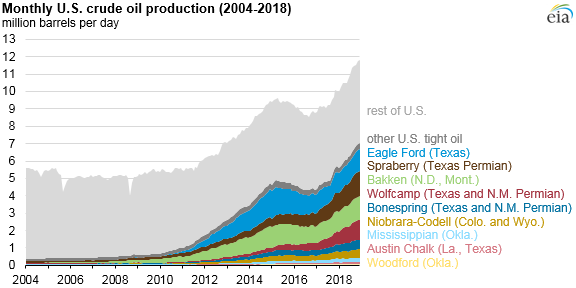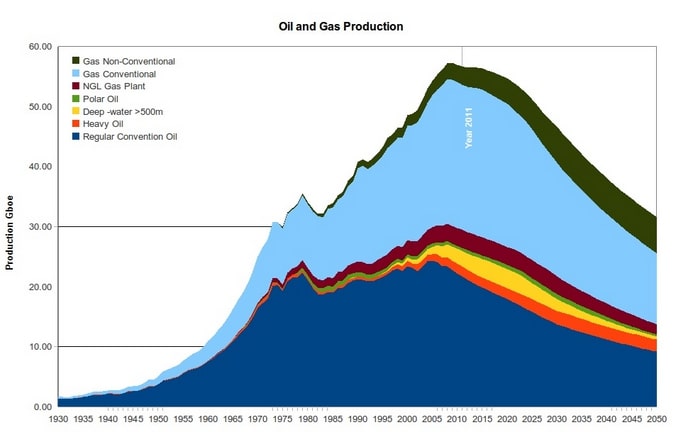Surface rights vs mineral rights in Texas
What are Texas Mineral Rights?
The mineral rights on Texas land can be separated from the surface estate. As an investor, you can buy a unified estate including surface rights and below surface rights, or a split estate, only including the mineral estates. As part of the property transfer by deed, you also gain rights to future royalties and payments.
What are royalty interests?
The most common way to invest in mineral interests in Texas is through a royalty interest in oil and gas leases. As a holder of a right to royalties in a mineral estate, like stock dividends, you will receive a portion of the revenues from the production in a stream of royalty payments. Lessees do not have other rights of ownership, however, such as the right to lease or sell the underlying mineral rights.
Texans like to do things big, and royalty payouts are no exception. Royalties averaging 12.5 percent have doubled in some hot basins like the Permian.
Texas wells pumped 1.85 billion barrels of oil in 2019, almost four times as much as the next big oil-producing state, North Dakota.
About 18–25 percent of the revenues from the sale of that oil went to royalty interest owners.
Of the $145 billion worth of mineral properties across Texas, which ones should you invest in?
Which ones will bubble black gold?
And how do you get in on these deals?
Surface Rights vs. Mineral Rights in Texas (Or, How Safe Are Your Mineral Rights in Texas?)
With high-speed trains, wind farms, and pipelines grabbing land in Texas, how safe are your mineral rights?
Fortunately, among the safest in the land. Texas law courts have been pioneers in developing the best protection for property and mineral rights owners.
So which minerals do you own?
What are mineral rights by definition differs across states? In Texas, mineral rights owners have rights to the oil, gas, salt, uranium and sulfur under the surface estate. If you also want the rights to other minerals—gems, copper, iron ore or zinc, for example—these additional rights need to be specified in the lease.
How do developers access minerals?
Most property owners lease their mineral estates and in exchange receive royalty and bonus payments. The surface rights owner is also obligated to provide a right of way easement to provide mineral exploration companies access to the resources under the surface.
What happens if a mineral rights conflict arises?
The severability of mineral rights means many parties can own rights in the minerals below a parcel of land. This inevitably can create disputes among royalty interest owners. One recent legal dispute divided the mineral rights in sixteenths across heirs and private investors. One investor did not agree with the leasing of the parcels to an oil development company and sued for trespassing, even though he received his share of the royalties. As is commonly the case in Texas, the courts rule in favor of granting rights for mineral production
What happens if a land-use conflict arises?
Texas is oil land. And in oil land , as well as in most states, the mineral estate is the dominant estate. A government entity, however, can expropriate or enforce an easement on your land if it is required to provide public services. Private entities delivering public services also make land grabs, including wind farms and pipelines.
In Texas, land and mineral estate owners are protected by eminent domain under the Texas Landowner’s Bill of Rights. If a government entity tries to appropriate your property, you have a right to obtain private appraisals and defend your rights in court. A judge could also determine that the appropriating party owes the landowner compensation for the loss of future income.
But what if an oil and gas company erects so much equipment that you cannot tend to your crops or causes damage? Such was the case when the Getty Oil company’s structures prevented one farmer from using his sprinkler system.
In 1971, the Supreme Court of Texas established the Accommodation Doctrine, which has been adopted in many states throughout the land. If the oil and gas company has an alternative way to extract the minerals, it must make reasonable accommodation to not impede the operations of existing businesses using the land.









